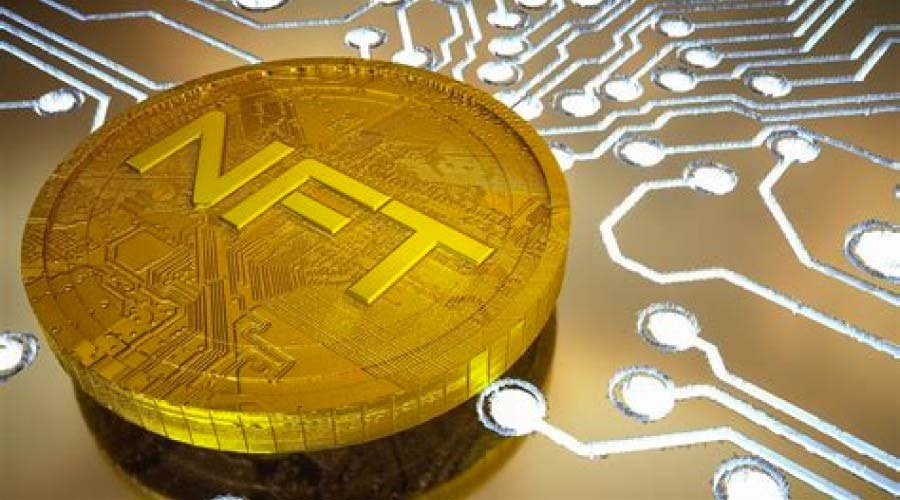There are occasions when a new technology is so novel that use cases are initially vague, or a wide variety of utilizations are suggested.
Some assert this is the general case in the world of crypto, but regarding the big players, the view is debatable. Bitcoin has a purpose: it is designed to be used as money. Ethereum and its competitors create layers on which to build decentralized smart contract-enabled applications. And, in the case of stablecoins, the premise is clear: they are digital tokens pegged to fiat currency.
Hone in on NFTs, though, and we see an area of the cryptocurrency sector in which utility is not so clear-cut. A range of use cases have been suggested, some of which are being implemented, and there is a strikingly diverse scope of possible applications unfolding.
As a result, NFTs are arguably the most experimental and unconstrained corner of crypto, and new developments offer hints as to how they might be used in future.
NFTs and Finance
Up to now, NFTs have been perceived as being a vehicle for art, illustration and design, coupled with price speculation. Although there have been enormously frothy periods when prices surged and NFTs were flying, the market has, on the whole, been relatively illiquid in comparison to altcoins and bitcoin.
Furthermore, the last few months of the crypto bear market have seen trading volumes on NFT marketplaces such as OpenSea grind consistently lower, further emphasizing the lack of liquidity
























